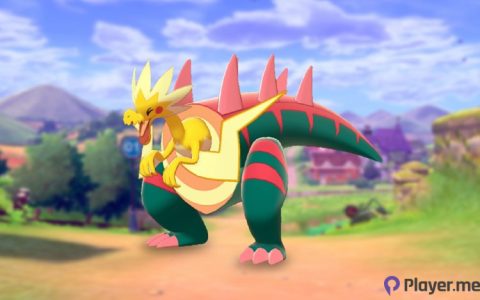Beyond Bones: Fossil Revival Mechanics
Pokémon like Omanyte, Kabuto, Lileep, and Tyrunt aren't found roaming wild. Players must obtain Fossil items in-game and take them to specialized facilities, most often a Pokémon Lab like Professor Cozmo's in Dewford Town or the Devon Corporation in Rustboro City. This core mechanic directly mirrors paleontology, requiring you to "revive" extinct species from their preserved remains.
Dragons in Disguise
Many iconic dinosaur-inspired Pokémon belong to the Dragon type, not just Rock or Ground. Tyrantrum (T-Rex), Haxorus (Inspired by therapods like Allosaurus), Bagon/Shelgon/Salamence (Pterosaur influences), and Dialga (Temporal and sauropod elements) exemplify this. This typing reflects the immense power and prehistoric majesty associated with both real dinosaurs and mythical dragons, offering unique offensive and defensive capabilities.

Strategic Evolutionary History
Dinosaur Pokémon often employ distinct evolution mechanics demanding strategic planning:
- Level-Up Timing: Pokémon like Tyrunt must evolve into Tyrantrum at Level 39 during the day, simulating growth over time.
- Held Items & Location: Gible evolves into Gabite normally, but evolving Gabite into Garchomp requires specific leveling conditions, not a stone, emphasizing natural progression.
- Move Mastery: Fossil Pokémon like Cranidos learn crucial STAB moves like Head Smash only before evolving into Rampardos. Missing the window permanently locks you out of learning it on Rampardos, forcing careful level management.










